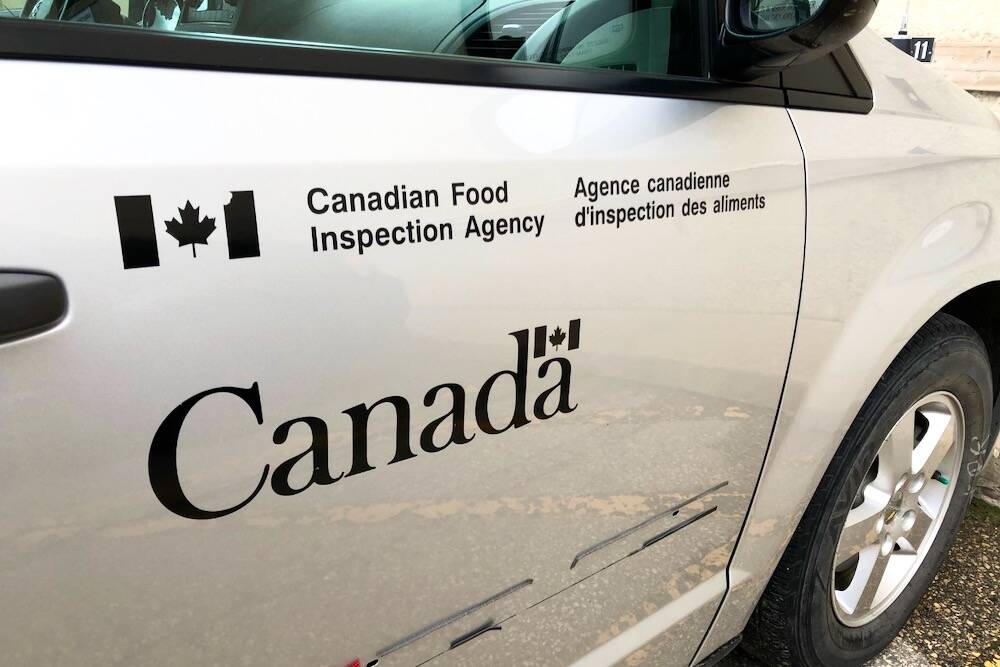Chicago | Reuters — U.S. front-month hog futures surged on Monday, extending last week’s advances on expectations of additional export sales to China, where African swine fever has decimated the world’s largest hog herd, traders said.
“We had that huge sale of pork to China last week, and the market is anticipating more sales,” said Brian Hoops, president of Midwest Marketing Solutions.
Chicago Mercantile Exchange (CME) April lean hogs settled up 2.225 cents at 71.025 cents/lb. after reaching as high as 71.175 cents, the highest for a spot contract since mid-July 2018 (all figures US$).
Read Also

B.C. ostriches culled, CFIA confirms
Ostriches on an embattled Edgewood, B.C. farm have been culled after a prolonged legal battle, the Canadian Food Inspection Agency has confirmed.
Deferred months hit contract highs, including most-active June hogs, which settled up 1.275 cents at 87.8 cents.
Underscoring the market’s recent volatility, the CME Group said it would raise the margins to trade lean hog futures, effective after Tuesday’s close.
China’s pig herd slid 16.6 per cent in February from the previous year, as African swine fever swept the country, data from the ministry of agriculture and rural affairs showed on Friday, a day after the U.S. Department of Agriculture reported that China made its biggest purchases of U.S. pork in nearly two years.
In Nebraska and Iowa, flooding after heavy storms last week appeared to have little immediate effect on the region’s pork plants. USDA reported Monday’s U.S. hog slaughter at 463,000 head, down from 475,000 head last week, but nearly unchanged from a year ago.
Pork plants were running in Nebraska, said Al Juhnke, executive director of the Nebraska Pork Producers Association.
“The issue we have is getting workers and supplies and animals into the plants. That’s what we are trying to concentrate on,” Juhnke said.
The floods posed more significant problems for the cattle sector, including feedlots, where muddy conditions were depressing cattle weights. Nebraska has the second-largest number of U.S. cattle in feedlots after Texas.
“Weather in the very short term is still giving this market some lasting legs,” said Rich Nelson, analyst with Allendale Inc.
Some analysts, however, thought the poor feedlot conditions could depress cash cattle prices this week by encouraging feedlot operators to sell.
“They are ready to get these cattle gone, even at a cheaper price point,” said Midwest Marketing’s Hoops.
Spreading was a feature in live cattle and feeder cattle futures as commodity funds rolled April positions into deferred contracts, analysts said.
CME April live cattle futures ended down 0.775 cent at 128.325 cents/lb. while the June contract rose 0.65 cent at 122.575 cents.
April feeder cattle fell 0.625 cent at 146.3 cents/lb.
Traders were awaiting USDA’s monthly Cattle on Feed and cold storage reports, both of which were scheduled for release on Friday.
— Julie Ingwersen is a Reuters commodities correspondent in Chicago.













